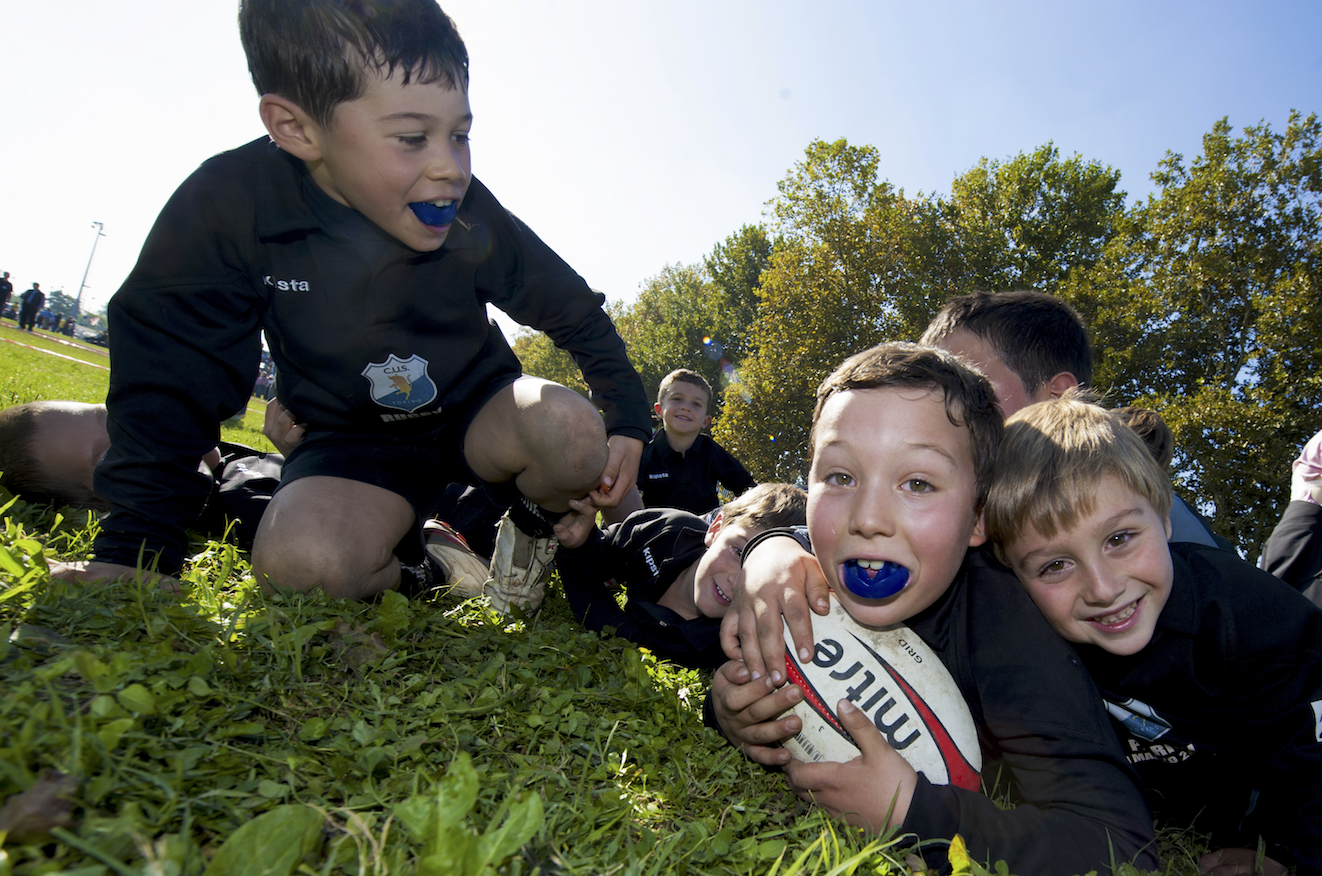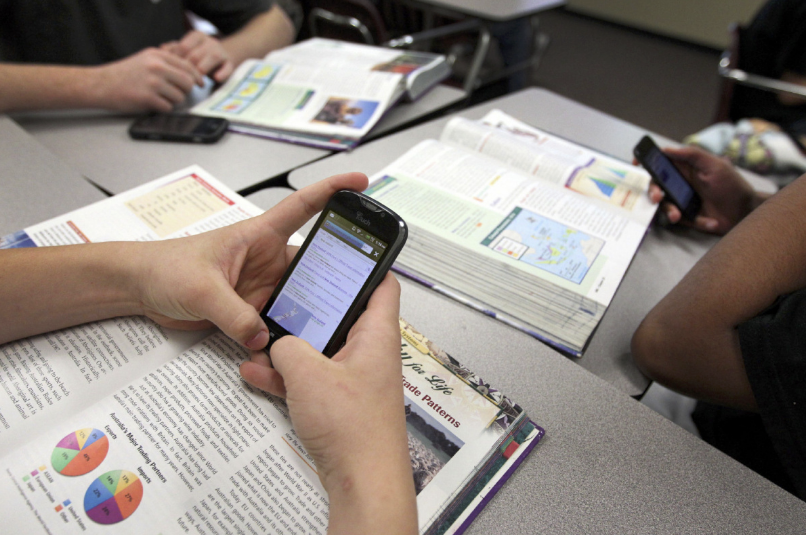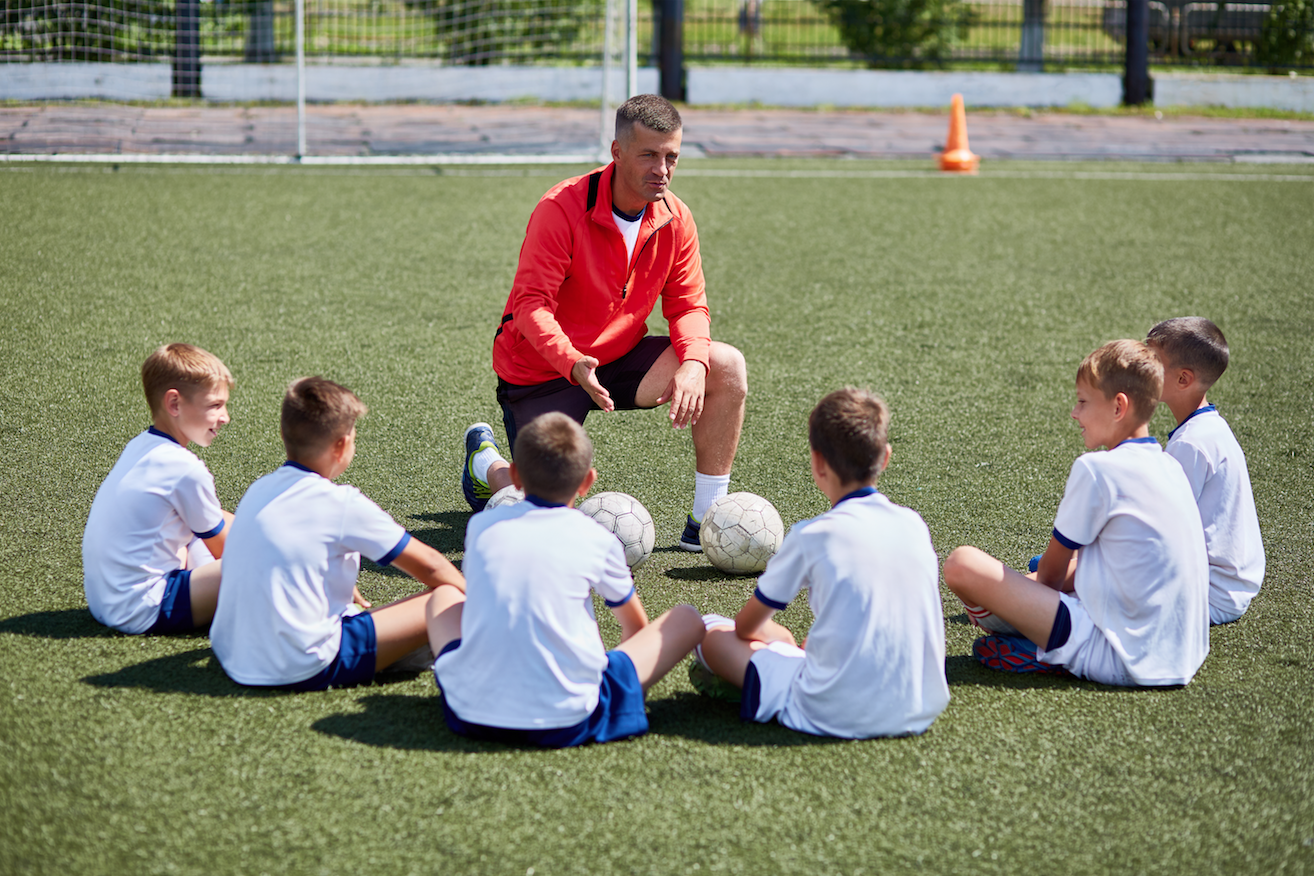Teachers and students alike often dismiss Physical Education. But would you believe that PE is just as important as Mathematics?

Not only is this true, but by adding PE and Mathematics together, you create a truly unforgettable experience for students. Don’t believe us, then keep reading..
Big Benefits
We’ve prepared a fun guide to how you can integrate Mathematics and Physical Education. However, it’s important to answer a simple question first: why bother doing this in the first place?
Many students sometimes find Mathematics boring and cannot efficiently process specific information during these lessons. Adding a physical element to learning helps keep students engaged and can even help with retaining knowledge.
This approach offers the most significant benefits to kinesthetic (or “hands-on”) learners. They may struggle with visual and auditory learning but thrive with this hands-on approach.
Symbolic Exercise
One fun exercise involves teaching children mathematical symbols. To begin, you assign a different physical movement to a wide variety of mathematical symbols.
Next, you turn it into a game. This can be simple, such as showing a symbol and asking everyone to do the correct movement. If anyone messes up, you instantly know who is struggling with certain concepts.
This can work with more advanced methods as well. For instance, you can use special movements to help illustrate the correct order of the FOIL method of multiplication. It will provide a solid foundation for later lessons.
Agile Learners
Another great exercise involves the agility ladder. In this case, we will see if students’ minds can be as agile as their bodies!
Let’s say your agility ladder has ten rung spacings. You can make each rung the multiple of a number and have students call out the correct amount as they travel up the ladder.
It’s another fantastic exercise that helps student and teacher alike learn about areas of weakness. And when the student has a breakthrough, it will be quite visible: they will ascend the ladder like never before!
Never Drop the Ball
Some of the ideas on this list are pretty complex. For the next idea, though, we decided to keep things nice and simple.
The most fundamental Physical Education activity involves tossing a ball back and forth. It can be passing a football or rugby ball; depending on your lesson.
Simply pair your students up and ask them to repeat answers as they pass the ball. They may call out multiples of certain numbers, for instance, one pass at a time.
The physical activity helps the students to stay concentrated and engaged. Furthermore, putting students in pairs allows stronger students to help weaker students (developing leaders), which is crucial for the academic success of your pupils.
On the Clock
Students the world over have a similar complaint when it comes to Mathematics. When they ask, “are we going to use this in the real world?” This next lesson focuses exactly on practical mathematics.
Some students may struggle with reading an analogue clock. And this problem has only compounded as the world has become more and more digital.
One basic activity to help students learn is to get students to stand up and physically imitate a clock. Thus, when the teacher calls out a particular time, the students will move their arms to demonstrate the correct time. This also great at any age as a simple warm-up.
Mathematics Relay
Ultimately, you understand your pupils better than anyone else in PE. For some classes, a simple activity may be enough on its own. However, other students may need something that is more physically demanding.
That’s why our next activity helps take things to the next level. It has a pretty simple concept, though: we’re blending a physical relay with Mathematics.
To start this activity, pair your students up. Once again, you may get more of a benefit from this activity by pairing up your stronger students with your weaker ones.
Students can learn things like multiplication tables by running out and placing a ball on a cone while calling out a correct answer. Their partner must then run out, pick up the ball, and place it on the next cone.
This can be beneficial because the physical time to run out to a cone helps students think of the correct answer. Eventually, you can challenge students by asking what the answer will be several cones down. Ultimately, this is multiplication practice, and visualising the numbers helps make everything easier to understand.
Conclusion
Teachers don’t always think about blending the worlds of Physical Education and Mathematics. However, this is just another form of interdisciplinary teaching and learning that makes it easier for students to engage with the material and retain what they have learned. Plus, this is a great way to increase the direct benefits of their education.




